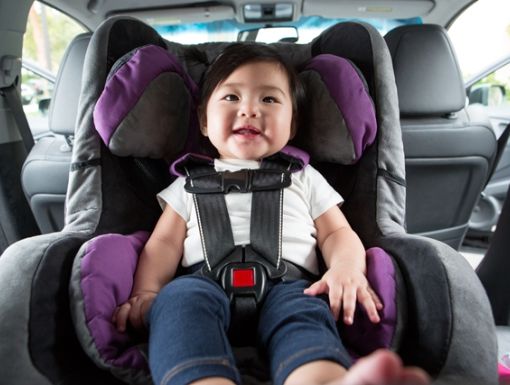
Toe Walking: What’s the Big Deal?
If you look closely, you will find that people often walk differently! While normal walking should include an initial heel strike and toe push-off, toe-walking is an abnormality that is common in children. Below, we're explaining what exactly toe walking looks like, how serious this habit is and when intervention may be necessary.
What is toe walking?
Toe walking is when a child's heel does not contact the floor when walking. Often, kids will experiment with going up onto their toes while they are learning to walk. However, if they don't spend a lot of time in this position and can easily transition onto flat feet, this experimentation may not be a problem.
Despite common misconceptions, toe walking is not something that kids always outgrow. It can have lasting effects, including limiting your child's mobility and increasing the likelihood of injuries. Toe walking may make it difficult for children to squat or use stairs or contribute to pain in the calves and ankles.
What causes toe walking?
Toe walking falls into one of two different categories, idiopathic or non-idiopathic.
- Idiopathic means that the condition is without a cause. The majority of typically developing children that walk on their toes would fall into this category. This type will always be bilateral and symmetrical.
- Non-idiopathic means that the condition is due to other medical causes. Common diagnoses that demonstrate toe walking include cerebral palsy, autism, developmental coordination disorder, leg length discrepancy and Duchenne muscular dystrophy.
A thorough evaluation and detailed medical history are necessary to determine the cause of your child's toe walking.
The adverse effects of toe walking include:
- Loss of range of motion
- Poor balance and increased falling
- Decreased strength of leg and core muscles
- Pain in the ankle or legs
- Difficulty with squatting and stairs
While not all toe walking may be severe, the earlier you intervene, the better. If you have concerns with your child's toe walking, discuss it with your pediatrician or see a pediatric physical therapist that can provide early strategies to stop the cascade of effects.
How can a pediatric physical therapist help correct toe walking?
Pediatric physical therapists are specifically trained to assess kids' movement patterns and make treatment recommendations. They can assist in determining the causes of toe walking and provide treatment if necessary. By working directly with your child, a physical therapist can offer recommendations on which treatment techniques may be most effective.
Physical therapists can increase ankle range of motion and strength. They may also use a variety of techniques to encourage a more efficient heel to toe walking pattern. These programs are fun and individualized to help meet each specific child's goals.
Editor's note: This article was originally published on August 8th, 2017.
Helping Kids Be Their Healthiest Selves. Find an Ochsner pediatrician near you.



